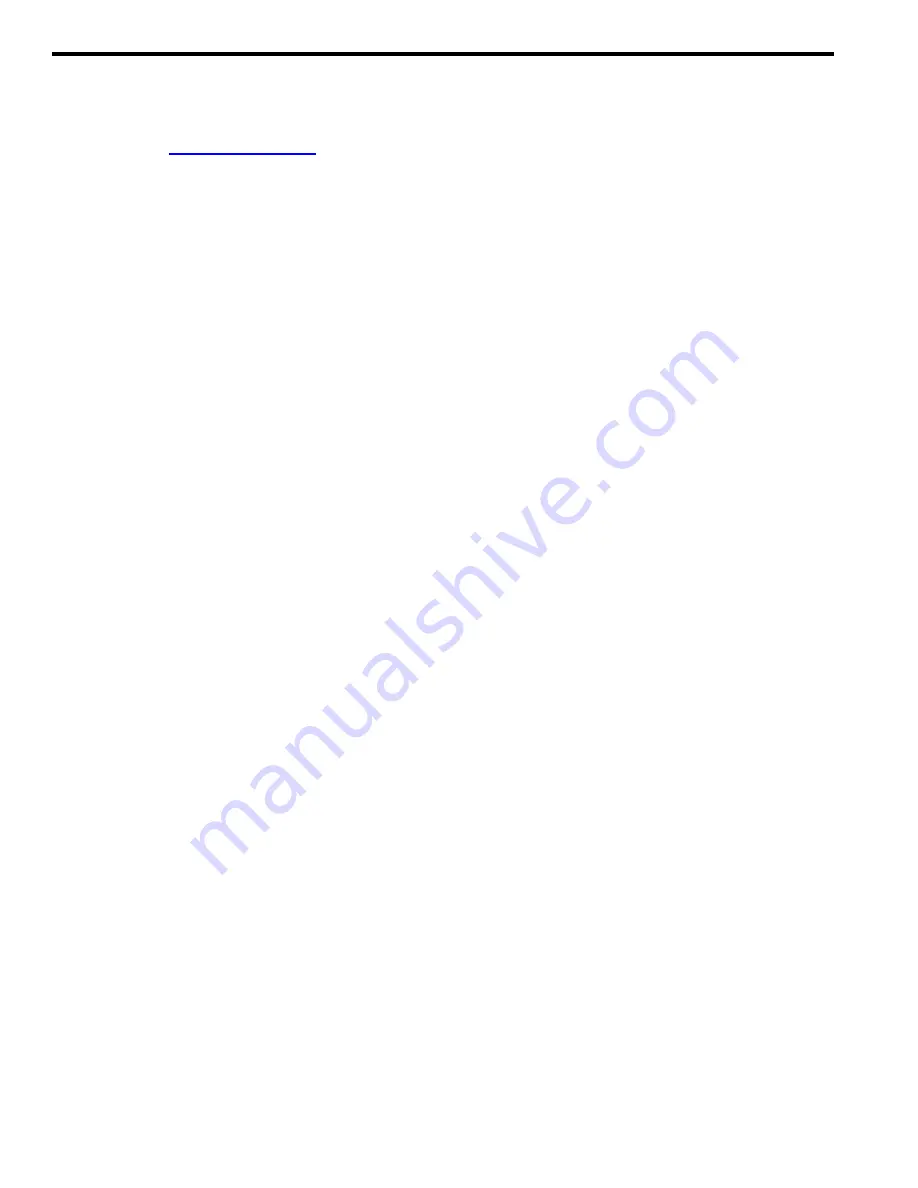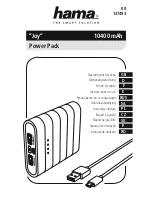
101-C00 Page 12/16
FLANGE MOUNTED GEAR REDUCER MAINTENANCE
NOTICE:
Detailed maintenance instructions for the gearbox
can be found at
www.nord.com/docs
. The
following are excerpts from those documents and
should be treated as reference only.
STORAGE
NOTICE:
For storage periods longer than 9 months, or for
storage in less than desirable conditions, please
consult NORD for recommendations.
Storage for up to 9 months is possible, so long as the
following conditions are observed:
Store the gear unit in its actual mounting position in
accordance with the specified oil fill-level, in a clean and
dry temperature controlled area. Avoid temperature
fluctuations within the range of 0°C and 40°C (32°F to
104°F) and avoid relative humidity conditions in excess
of 60%.
Protect all exposed or unpainted shaft and flange
surfaces with an anti-corrosion agent or grease.
Store in a location free from shock and vibration, to
avoid false brinelling of bearing elements and
raceways.
Whenever possible, rotate the shafts periodically, by
hand if necessary, to help prevent brinelling (bearing
damage) and to help keep the shaft seals pliable.
Avoid direct exposure to the sun or UV light and
aggressive or corrosive materials in the environment
(ozone, gases, solvents, acids, caustic solutions, salts,
radioactivity, etc.
Commissioning
Prior to gear unit start-up, complete the following:
Please check your gear unit for a vent and if applicable
to your product, remove the sealing plug to activate
NOTICE:
To prevent build-up of excessive pressure, sealed
vents must be activated as shown prior to gear
unit start up. Excessive pressure may cause
damage to internal gearbox components and
leakage.
Check the lubricant and be sure the gear unit is filled
with the proper oil type, to the proper level, as
determined by the mounting position.
Check the condition of all shaft seals and all assembled
flange gasket areas. If any change is detected in the
shape, color, hardness or permeability, or if any leaks
are detected, the corresponding shaft seals and/or
gaskets must be replaced.
Remove all anti-corrosive metal protectant from
otherwise bare metal surfaces. Follow product
manufacturer’s directions and warnings during surface
protection removal.
Check the resistance of all motor and brake windings to
verify the integrity of the winding insulation and inspect
all terminal box openings and wire connection areas to
verify that all components are dry and free of corrosion.
Long Term Storage
By taking special precautions, problems such as seal
leakage and reducer failure due to the lack of lubrication,
improper lubrication quantity, or contamination can be
avoided. The following precautions will protect gear
reducers during periods of extended storage:
Store the gear unit in its actual mounting position in
accordance with the specified oil fill-level, in a clean and
dry temperature controlled area. Avoid temperature
fluctuations within the range of 0°C and 40°C (32°F to
104°F) and avoid relative humidity conditions in excess
of 60%.
Fill the reducer full with oil that is compatible with the
product normally used or recommended during service.
Apply grease to all unpainted or unprotected shafts,
bores, keyways, flange surfaces, tapped holes, and to
the exterior of all oil seals.
Store in a location free from shock and vibration, to
avoid false brinelling of bearing elements and
raceways.
Once every few months rotate the input shaft
approximately 10-20 revolutions to redistribute the
weight of gears and shafts and to prevent brinnelling of
the bearings and drying of the seal track.
Avoid direct exposure to the sun or UV light and
aggressive or corrosive materials in the environment
(ozone, gases, solvents, acids, caustic solutions, salts,
radioactivity, etc.)
Commissioning After Long-Term Storage
Please check your gear unit for a vent and if applicable
to your product, remove the sealing plug to activate.
NOTICE:
To prevent build-up of excessive pressure, sealed vents
must be activated as shown prior to gear unit start
up.Excessive pressure may cause damage to internal
gearbox components and leakage.
Remove all anti-corrosive metal protectant from
otherwise bare metal surfaces. Follow product
manufacturer’s directions and warnings during surface
protection removal.
Drain the reducer and refill it with the proper type and
amount of lubricant.
Observe start-up and initial operation to make sure
there are no seal or gasket leaks, or unusual sounds,
vibration or heat rise during operation.
Check the resistance of all motor and brake windings to
verify the integrity of the winding insulation and inspect
all terminal box openings and wire connection areas to
verify that all components are dry and free of corrosion.


































